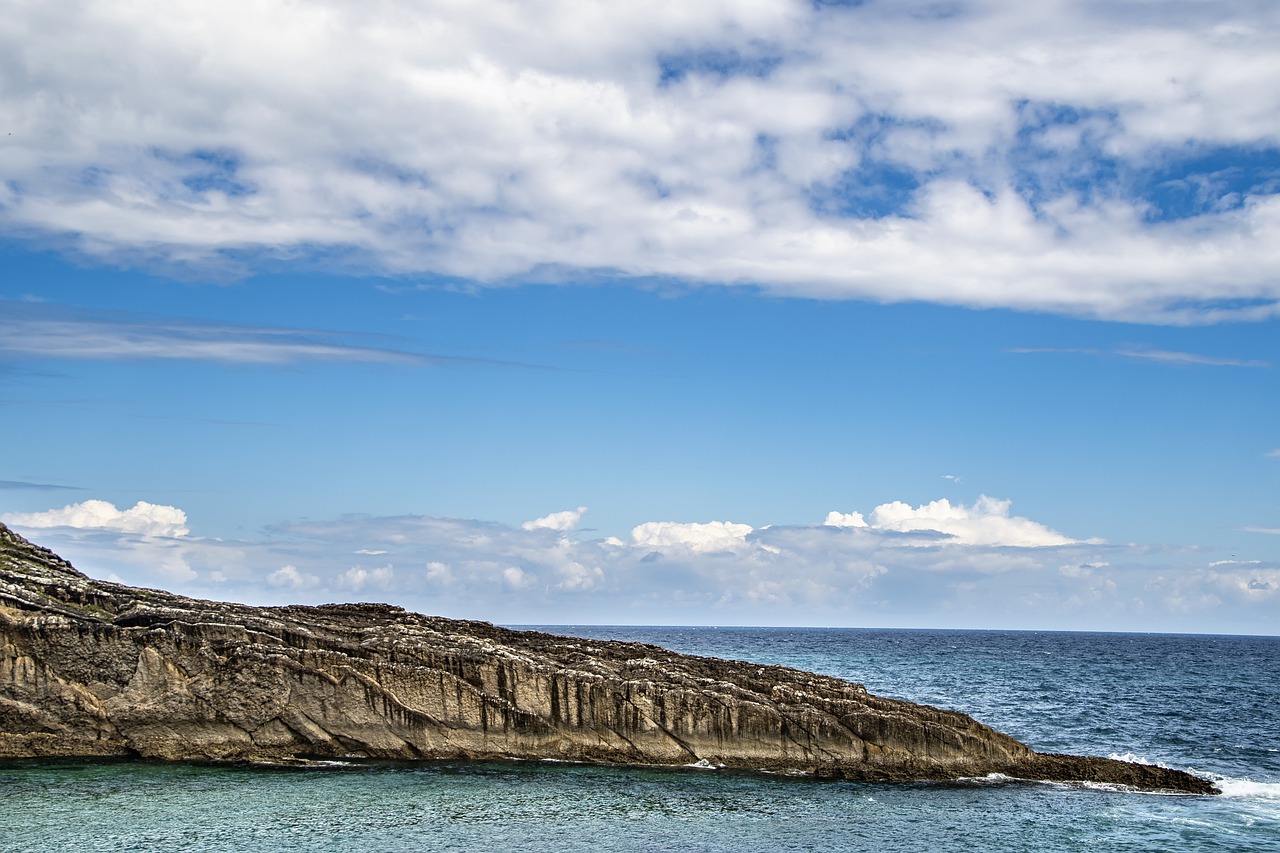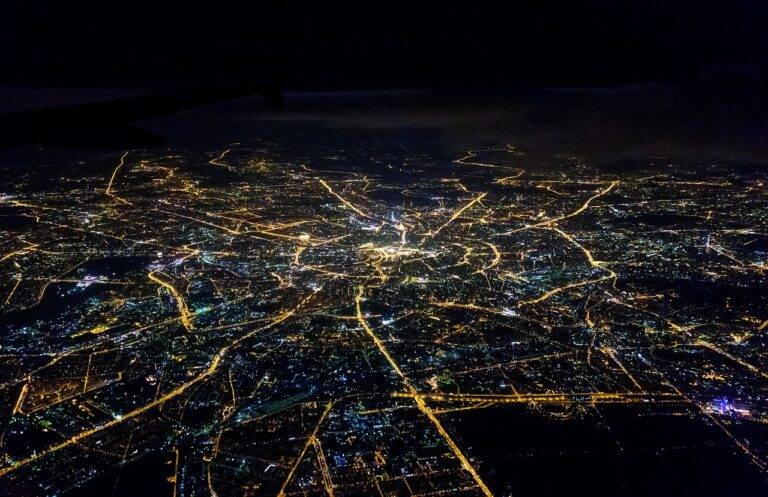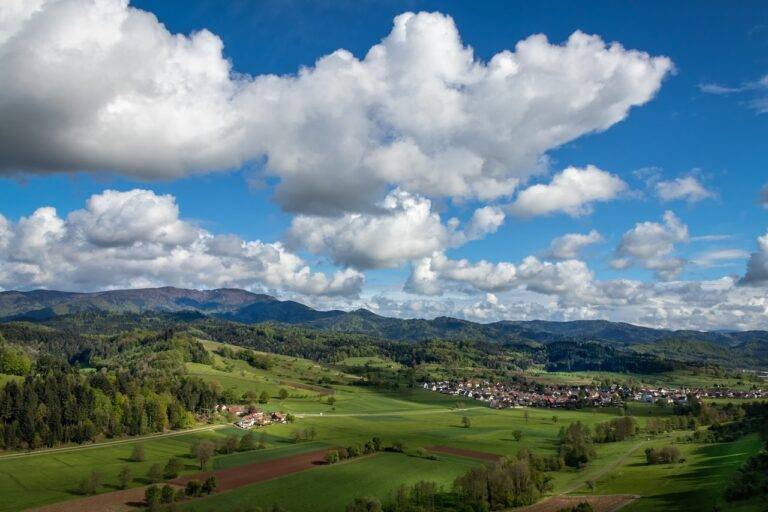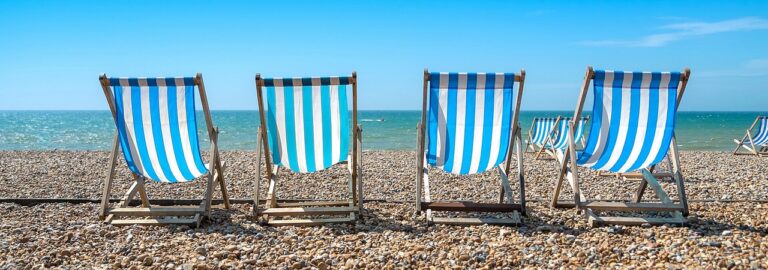The Allure of Volcano Tourism: Visiting Active and Dormant Volcanoes
Volcano tourism is a growing travel trend that attracts adventurers and nature enthusiasts from all around the world. The thrill of witnessing the raw power and beauty of a volcanic eruption up close is a major draw for many travelers. In addition to the excitement of exploring active volcanoes, tourists are also captivated by the stunning landscapes and unique geological formations that volcanic regions offer.
From Hawaii’s iconic Kilauea volcano to the majestic Mount Etna in Sicily, there are a plethora of destinations that cater to volcano tourism. Whether it’s hiking to the summit of a dormant volcano or marveling at the lava flow of an active one, visitors are sure to be awestruck by the sheer magnificence of these geological wonders. The popularity of volcano tourism continues to rise as more people seek out unforgettable experiences in some of the world’s most dramatic natural settings.
– Witnessing the raw power and beauty of a volcanic eruption up close
– Exploring active volcanoes for excitement
– Captivated by stunning landscapes and unique geological formations in volcanic regions
– Hawaii’s iconic Kilauea volcano and Mount Etna in Sicily are popular destinations for volcano tourism
– Hiking to the summit of dormant volcanoes or marveling at lava flow of active ones is common
– Rising popularity of volcano tourism as people seek unforgettable experiences in dramatic natural settings
Different Types of Volcanoes
Volcanoes come in various shapes and sizes, each with its distinct characteristics. Shield volcanoes, like Mauna Loa in Hawaii, have gentle slopes due to the eruption of low-viscosity lava. They are known for their effusive eruptions, where lava flows steadily and builds up the volcano’s broad profile.
Stratovolcanoes, such as Mount St. Helens in the United States, are characterized by their steep sides and explosive eruptions. These volcanoes are formed from alternating layers of lava flows, ash, and volcanic rocks. Their eruptions can be highly destructive, with pyroclastic flows and ash plumes impacting large areas around the volcano.
Impact of Volcanic Activity on the Environment
Volcanic activity can have profound effects on the environment, with both immediate and long-term consequences. The release of ash, gases, and lava during eruptions can lead to air and water pollution, which can harm ecosystems and disrupt local communities. Additionally, volcanic eruptions can trigger landslides and lahars, causing destruction to landscapes and infrastructure.
The ash and gases emitted during volcanic eruptions can also have global impacts, affecting climate patterns and air quality far beyond the immediate vicinity of the volcano. The release of sulfur dioxide and other pollutants can lead to the formation of acid rain, which can damage vegetation and aquatic ecosystems. Furthermore, volcanic ash can disrupt transportation systems and pose health risks to human populations, highlighting the complex and far-reaching impacts of volcanic activity on the environment.
What is volcano tourism?
Volcano tourism is the act of visiting volcanic areas for recreational and educational purposes.
How many types of volcanoes are there?
There are three main types of volcanoes: shield volcanoes, stratovolcanoes, and cinder cone volcanoes.
How does volcanic activity impact the environment?
Volcanic activity can have both positive and negative impacts on the environment. It can create new land, enrich soil with nutrients, and provide geothermal energy. However, it can also release harmful gases, ash, and lava that can damage ecosystems and pollute the air and water.
Can volcanic eruptions affect climate?
Yes, large volcanic eruptions can release significant amounts of ash and sulfur dioxide into the atmosphere, which can block sunlight and lower global temperatures. This phenomenon is known as volcanic winter.
Is it safe to visit active volcanoes?
It is important to exercise caution when visiting active volcanoes, as eruptions can happen unexpectedly and pose risks to visitors. It is recommended to follow safety guidelines and stay informed about the volcano’s activity before visiting.





